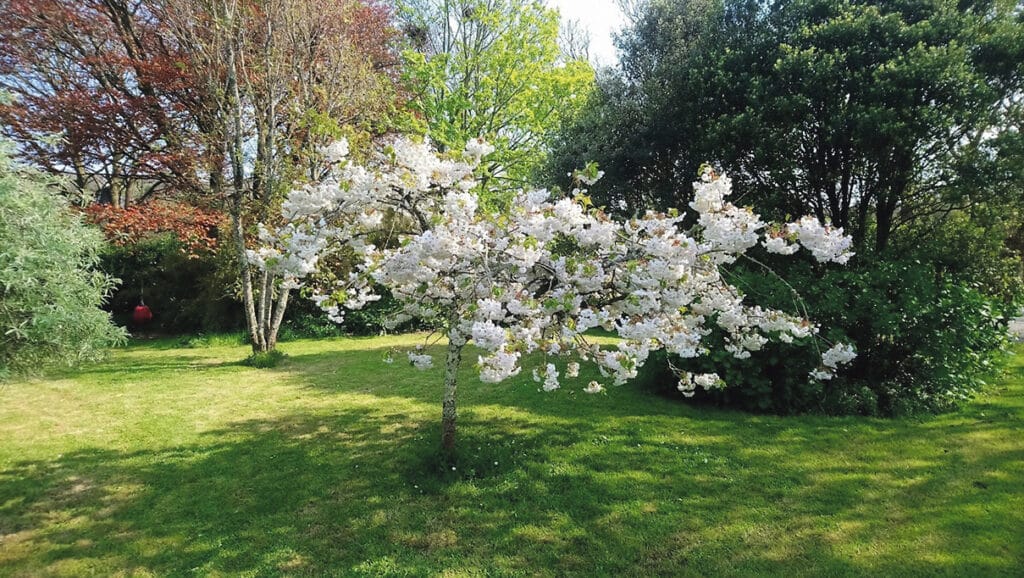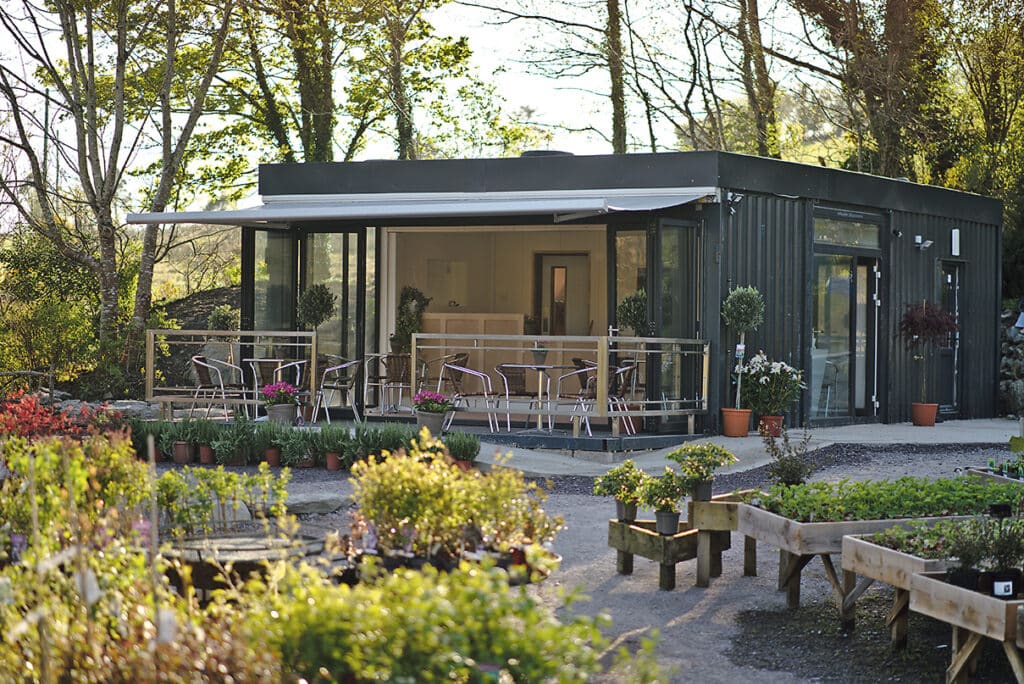Watching the garden gradually coming back to life over the last few months has been very comforting in these still uncertain times. The regular signs of new growth confirm that life goes on regardless of pandemics and lockdowns. On a personal basis, one of the hardest things for me during the pandemic has been not seeing one of my daughters for nearly a year now. She and her family live in Glasgow, so near and yet so far. Technology has allowed us to keep in contact but there are limits to Skype and Zoom; there is no replacement for the real thing. A couple of years ago she and her family moved to a house with a large garden – the only drawback being that the garden is on a steep slope, with the house sitting halfway down. She has a demanding academic job and with three children hasn’t had much time or interest in gardening until now. Like many people, her interest in the garden increased during the Covid pandemic. The instinct to provide the family with some fresh fruit and vegetables, and the need for them all to get outside as much as possible brought the garden into a new perspective. Gardening on such a steep slope proved very challenging and this spring she and her husband called in a landscape gardener to try to make some sense of the space.

Now, with gently curved slopes, new hedging, vegetable beds, a composting area and a patio for an outdoor table and chairs, the garden has become a new focus for all the family. It has also given my daughter and myself many hours of chat, exchanging ideas, talking of seeds and plants, biodiversity, advice on varieties and so much more. Starting a new garden is both exciting and daunting. While my other daughters are also on the same journey, they happen to live close by and I can give them advice, plants, seeds and cuttings and so on, just as families have done for generations. With Mia, it is harder, but the new garden has brought us closer, with constant photos, lists of suggestions, even phone calls for advice while she is in the garden centre. Starting from scratch has enabled her to consider everything she plants from the biodiversity point of view so the hedging is a mixture with beech, hawthorn, hazel, and rosa rugosa in the blend. Other suggestions for shrubs that are great for wildlife are Berberis darwinii and Ribes sanguineum for early flowers, Ceanothus, Hebes, Buddleia, Viburnums and many others. Now, before I buy a plant I check its wildlife credentials. There is a wealth of information in seed catalogues, gardening books and of course on the Internet.
Mia’s new garden is full of nooks and crannies and her first instinct was to fill them up, but I have advised her to take things slowly. It is easy to fill gaps with annual flowers, marigolds, nasturtiums, cornflowers and so on (all good for pollinators), this gives time to live with the space and make good choices. I have bought so many plants in the past that have caught my eye, without any idea of where I will plant them. I am embarrassed to think how many never found a permanent home. Now I make wish lists of plants so that if I happen to find myself in a garden centre, I look for plants on my list that are sure to find a waiting spot in my garden. It has only taken about 40 years to learn that lesson.
I am looking forward, like so many of you, to the time when we can all safely meet again and swap seeds and cuttings and chats about the garden, hopefully in the not-too-distant future.


